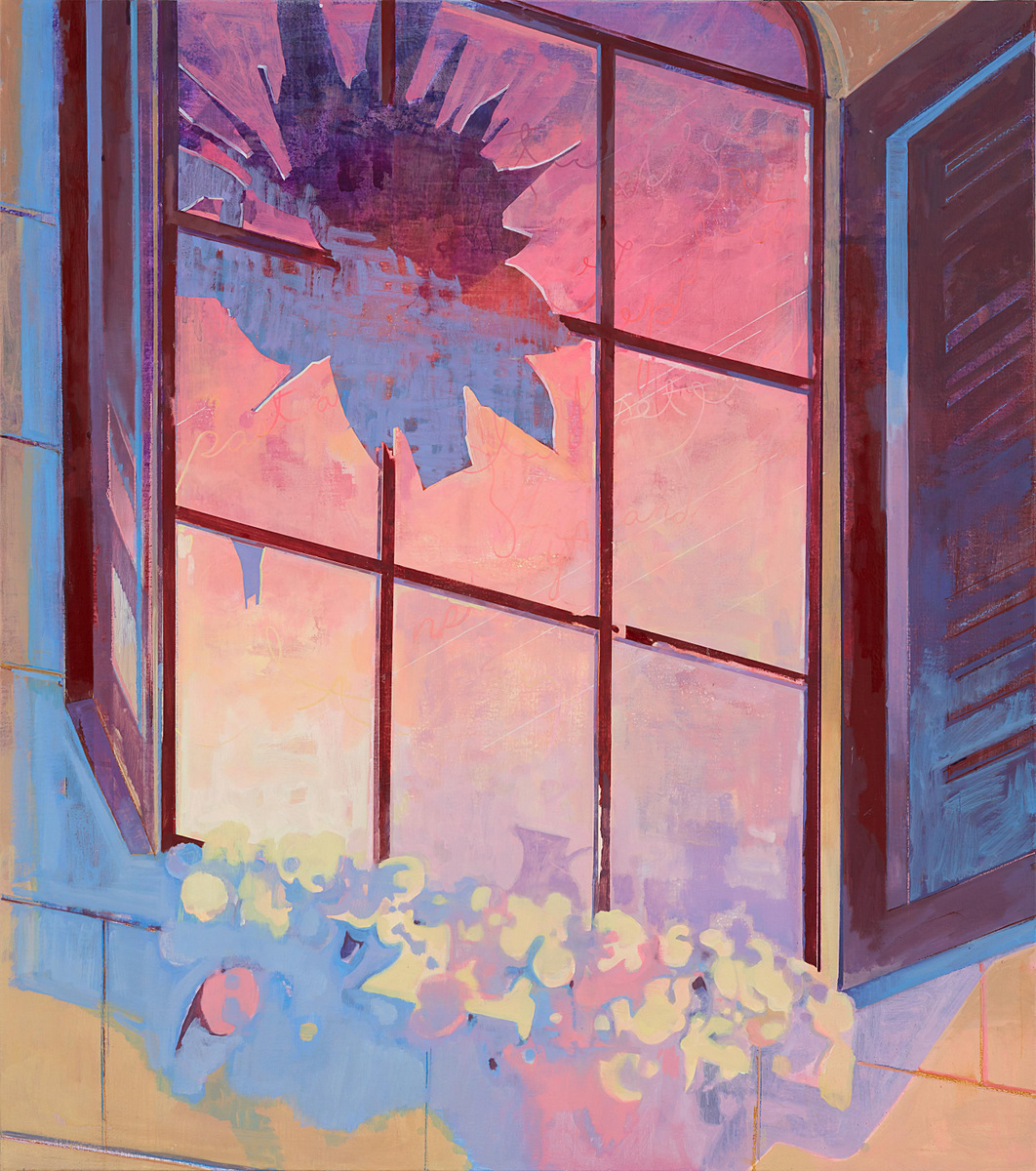The Picture Is Not at Ease

“The Picture Is Not at Ease” is an exhibition of three artists Chen Ying, Su Yu-Xin and Wang Ziquan, showcasing their creative exploration in the visual fields of painting, video and relief and latest works. The mechanism of drew picture produces new meaning and new space for reading with the profound changes in the world order and daily experience brought by the pandemic.
Image: Su Yu-Xin, Sunset and hums, Oil, acrylic and pastel on flax, 2019
“The Picture Is Not at Ease” is an exhibition of three artists Chen Ying, Su Yu-Xin and Wang Ziquan, showcasing their creative exploration in the visual fields of painting, video and relief and latest works.
The mechanism of drew picture produces new meaning and new space for reading with the profound changes in the world order and daily experience brought by the pandemic.

Chen Ying, About Shape Similarities, Oil on canvas, 2017
This exhibition focusses on painting as a medium, and extend to video and relief works to explore the rich possibilities of picture-reading and the diversified development of visual language.
The artistic practices of Chen Ying and Su Yu-Xin are primarily painting. Chen Ying's paintings express the infatuation and exploration for perceptual embodiment and visual abstraction. With the characteristics of its symbolic geometric figures, Chen Ying's works advance and separate from the abstracted scenes which are reconstructed from the figures, and gradually strengthen the shapes and pictures, as well as the interaction among colors, structures and textures, which also derive and restrain each other. In this exhibition, the artist presents new works under different directions since his solo exhibition at KWM Art Center last year. Part of the exhibited works continue the artist's past style, while the others explore new working methods. Taking the disassembled human body shape and hair style as the modeling basis, the artist deduces from the concrete and abstract picture structure and color relationship, and counteracts the meaning of the form itself. The application and conversion of random brushstrokes create more overlapping spaces, thus expand more possibilities and richer viewing experience of abstract pictures.
 Su Yu-Xin, Sunset and hums, Oil, acrylic and pastel on flax, 2019
Su Yu-Xin, Sunset and hums, Oil, acrylic and pastel on flax, 2019
Su Yu-Xin's paintings focus on capturing the connections among visual, language and neural perception. By painting as an action, she investigates people's experience of a certain object (landscape, object) in real life, and explores how to change the method of picture production and reproduction in turn; or, whether the way audience reads the picture may affect their experience of reality. All kinds of water body in landscapes are the themes that often appear in the artist’s creation, where the elements of sky, water surface, mountain and rock occur many times in different works. The tangible and intangible matter compete in shape and define each other’s boundaries, penetrating and transforming the way they occupy space. Red-Eye Flight visualizes the relative geographical location and the vacuum time in flight state. Also presented in the exhibition is Su Yu-Xin’s latest works, a series of wooden object paintings in mobile phone scale. These hand-made wooden and plaster objects are polished, shaped and painted with a very close working distance, and the viewers are also required to approach the picture, offering a more intimate reading experience. These picture objects are interspersed among the large-scale works in the exhibition space, providing a rhythm similar to the picture-intakes during our lives in social distance for the past half year.

Wang Ziquan, Away from the Sun, Single-channel video, 2020
Wang Ziquan's latest video and reliefs works expand the visual experience from screen and the Internet. The artist’s creations come from his unique observation and understanding of the Internet and the virtual world. Through computer images and narrative videos, he copies and pastes between the virtual and physical space to explore the thresholds of virtuality and reality. In his latest relief work, Wang Ziquan uses computer to create fictional character figures, which are provided with both the realistic and the abstract of human body modeling. These digital figures are detached, disassembled and flattened, then covered with transparent plates engraved with imprint wireframes and bones. In the logic of computer image, these wireframes and thresholds are the real pictures, not the figure itself. Presented at the same time is his latest video work Lychee Park, a fictional story that happened before software rendering. It continues the artist’s previous CG narrative image, creating a chaotic and fragmented visual aesthetics between video art and CG images.
